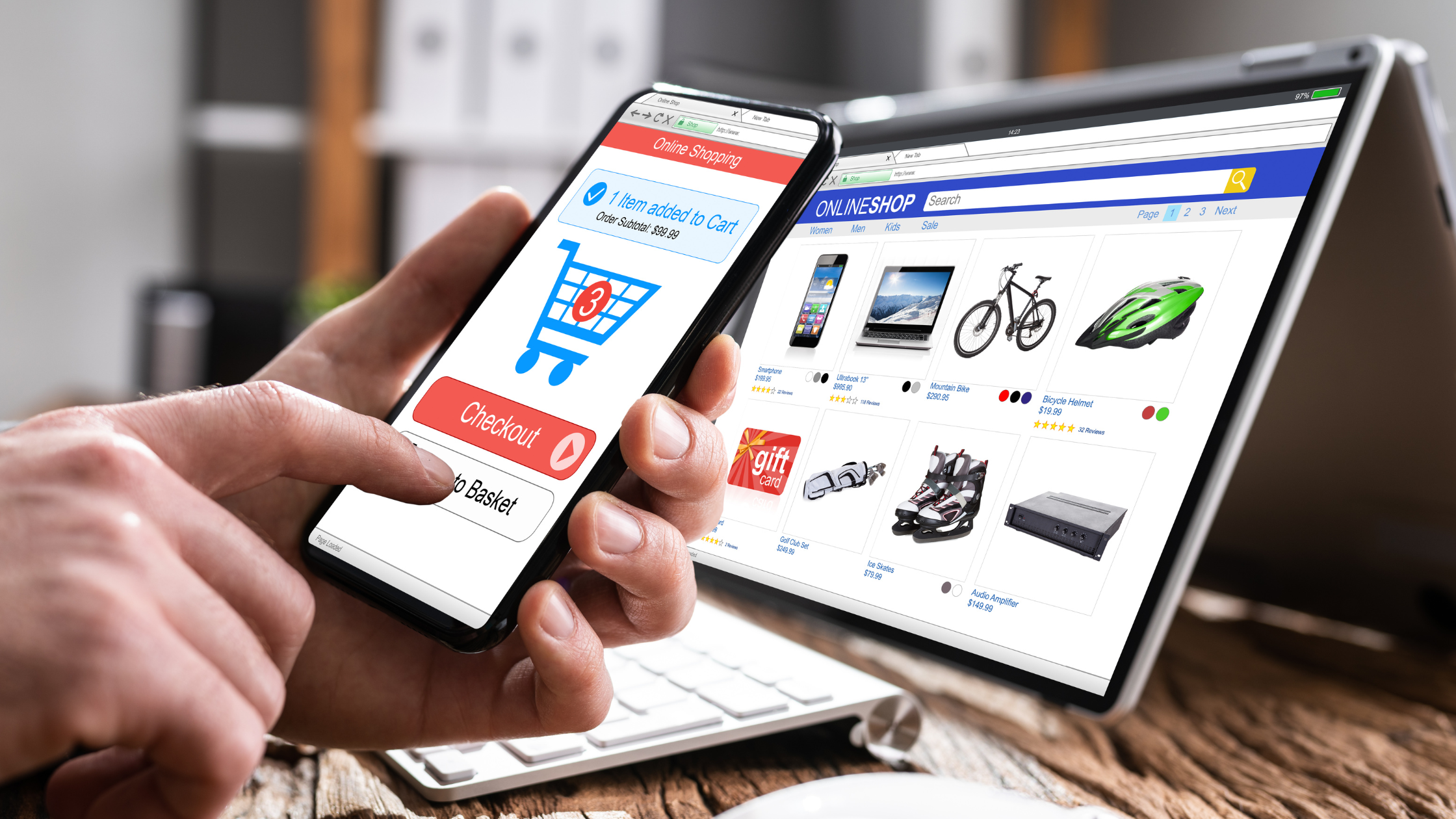Robotic process automation (RPA) is a game-changing technology that enables C-suite executives to get more done with fewer resources. That’s why a lot of people are hoping to use automation and technological advancements to save expenses, strengthen their organizations, and boost their output in terms of speed, quality, and overall efficiency.
As more and more businesses across the globe use RPA, it is rapidly expanding from a niche technology to an enterprise-wide competitive need. The practical applications of RPA are nothing short of astonishing. This is why it is considered a cutting-edge AI development.
Let’s go into the value of RPA and why it’s a good investment for organizations today. But first, let’s define RPA so we know what we’re talking about.
What is RPA?
Robotic Process Automation is a technology in which a computer program or application, commonly referred to as a robot, performs manual tasks that human employees find laborious and repetitive.
RPA enables humans to concentrate on more important business jobs. To gather data and operate software, robots use the same user interfaces as humans. In order to execute a variety of repetitive duties, they interpret, initiate responses, and communicate with other systems. Importantly, RPA software never rests and never makes errors.
How does RPA in business help?
Since its inception, RPA has seen some dramatic changes. When organizations automate routine processes that need little to no human intervention, they are able to;
- Focus their employees’ efforts on activities that need higher levels of human cognition and judgement.
- Reduces the need for human labor, which in turn reduces costs for businesses, and enhances the delivery of services and corporate processes,
- Increases productivity by allowing robots to do more tasks in less time,
- Improves precision, opens up lines of communication, and establishes responsibility,
- Gives businesses the ability to anticipate problems and conduct proactive audits of all -business operations to reduce those risks and increase security,
- Errors should be minimized or eliminated entirely for maximum efficiency.
Benefits of RPA in businesses
Robotic Process Automation has transformed business since its introduction. Some of the many advantages of RPA for business operations are described further below:
1. Cost savings and lower risks
The AI approach may greatly aid in lowering operational risks due to RPA’s ability to allow for the fast completion of complicated operations with little room for error. We also need fewer human resources to complete tasks.
The reduced expenses are only one way in which this transforms your company. With RPA’s assistance, we can really pursue efficiency at a low cost.
2. Better communication
If we want to expand as a business, we must learn to communicate effectively. Sometimes, individuals have a hard time grasping the nature of the activities of a business. Websites, documents, and blogs are ineffective, frequently causing crises.
You may benefit from RPA solutions by efficiently communicating with your target audience. With RPA’s assistance, we can identify our target demographic and adapt the supporting materials appropriately.
Workers don’t have to manually make modifications every time we update procedures. Consumers may easily stay up-to-date all the time without any work on the part of enterprises.
3. Customer satisfaction and staff engagement increased
The success of your company hinges on two factors: employee morale and client satisfaction. When workers are enthusiastic about their work, they are better able to deliver their customers excellent service.
RPA solutions guarantee that staff is invested from the get-go and focus on the customer experience by performing tasks like planning, data retrieval, and execution.
RPA solutions may boost AI customer experience as well. Users’ questions and problems are handled by AI-powered algorithms and robots in Robotic Process Automation. Therefore, the current trend of RPA may aid our companies in accelerating service delivery, enhancing the customer experience, and ultimately improving client happiness.
4. Improve company operations using analytics and insights
When it comes to enhancing a company’s operations, analytics and insights play a key role. The data you collect with the help of RPA solutions may be analyzed afterward to determine where you are in the market and where you can make improvements.
In this approach, RPA allows organizations to quickly and accurately sift through large amounts of data in order to extract useful insights that can be used to improve operations and drive growth.
5. Conveniently expand or contract processes
The flexibility to adapt company processes to user needs is another major advantage of RPA solutions. We may scale up or down our infrastructure and operational procedures to meet the needs of our customers. As a consequence, we may direct our efforts toward the activities that will provide the greatest returns, leading to more efficient use of resources and more output.
In addition, we are taking less of a chance by not devoting resources to procedures for which we anticipate little demand.
6. Improved safety for businesses
Integration with other apps to improve business safety is yet another major advantage of RPA. These interactions will prevent any alterations to, or compromises in the security of, your customers’ applications.
Smart AI algorithms and enhanced security architecture will minimize the danger of unwanted access to almost nothing. In the end, it will make organizations safer and more equipped to deal with cybercrime.
7. Using less paper
One of the major advantages of robotic process automation is that it helps to reduce electronic waste. It’s creating a virtual society where electronic communication is the norm, eliminating the need for paper and hence reducing environmental impact. A variety of data types may be safely stored and preserved with the use of automation. As cloud storage is supported, there is no need to manually save information.
8. Easily manage client data
Among RPA’s many advantages is its ability to stabilize enterprises by eliminating the variables that previously caused disruption. Virtually, it improves the user experience and gets rid of whatever problems they could have had before.
It takes a lot of time and effort to uncover specific details about traditional culture in a record book. The introduction of Robotic Process Automation technologies, however, makes this and other similarly difficult jobs trivial. Expertise in integrating bots is also necessary for successful RPA implementation.
Key characteristics of RPA
The following are RPA’s key characteristics:
● User-friendly
Less time and money are needed for IT-related tasks when an RPA project is being undertaken. Inevitably, a significant amount of automation is reduced.
● Security
Role-based security is backed by RPA technology to guarantee that only authorized actions may be carried out. In addition, many RPA systems include the configuration of encryption functions for the purpose of securing certain data types and guarding against network connection disruptions.
● Simple bot-building interface
RPA technologies streamline the bot-development process by automatically collecting user input like mouse movements and key presses utilizing in-built screen recorder components. With the Task Editor, included in many RPA packages, users may manually create and modify bots.
● Assuring high standards of quality
Using this method, you may save each iteration of a running process without worrying about losing any of the data. By comparing the state of a process between iterations, a developer or RPA service provider may see where changes have been made.
● No cost code
RPA doesn’t require programming abilities. Any RPA service provider worker, regardless of their area of expertise, may learn to use RPA technologies immediately. The RPA chart is the primary component since it allows the flowchart designer to visually connect, drag, and drop icons to represent process stages.
● Powerful analytical package
The RPA software’s powerful analytic package may be used to learn about the robot workforce’s efficiency. Most enterprise-level RPA controls and maintains automated processes from a centralized interface.
This dashboard provides easy-to-understand analytics for your robots, servers, and processes, and it can be accessed from any place.
● Non-Disruptive
With RPA, you can forego hassle and hazards. There is less need for programming of underlying systems since the software robots may access the end users’ systems via a managed user interface.
● Installation and maintenance
Client deployment on terminal services, virtual machines, and the cloud are all supported by the RPA system. The RPA system is robust enough to dispatch hundreds of robots independently. By preventing the deployment of bots that rely on pre-existing client configurations.
● Minimal scripting/automation
The newest RPA solutions may automate any application, regardless of the department, for which administrative or clerical tasks are performed.
Industries that can take benefits using RPA
The following are among the most prominent sectors that may get benefit from RPA:
● Accounting
RPA is used in all areas of accounting, including budgeting, transaction reporting, and operational planning.
● Management of the supply chain
Robotic process automation (RPA) has several applications in supply chain management, including automated order processing and payments, monitoring of stock, shipment tracking, and purchasing.
● Banking and Finance
RPA is used by financial services firms to streamline processes such as account creation and closure, foreign currency payments, audit request management, and insurance claim processing.
● Healthcare
RPA is used in the healthcare industry for tasks like customer service, claims processing, patient data management, account and billing administration, reporting, and analytics.
● Support for customers
With RPA, businesses may streamline contact center processes like document uploading, data verification for automated approvals/rejections, and e-signature verification to deliver superior customer care.
● Resource management
HR functions like timesheet submission, onboarding, and offboarding may all be automated with the use of robotic process automation (RPA).
Conclusion
Robotic Process Automation (RPA) is a technology that has the potential to revolutionize business operations across industries. By automating routine processes, RPA enables employees to focus on higher-level tasks, reduces costs, increases productivity, and improves precision and communication. Moreover, RPA offers many benefits to businesses, such as cost savings, better communication, increased customer satisfaction, and improved operations through analytics and insights. With RPA’s ability to scale up or down and improve business safety, it’s no wonder that more and more organizations are adopting this cutting-edge AI development to stay competitive and grow their businesses.
Original source: here









